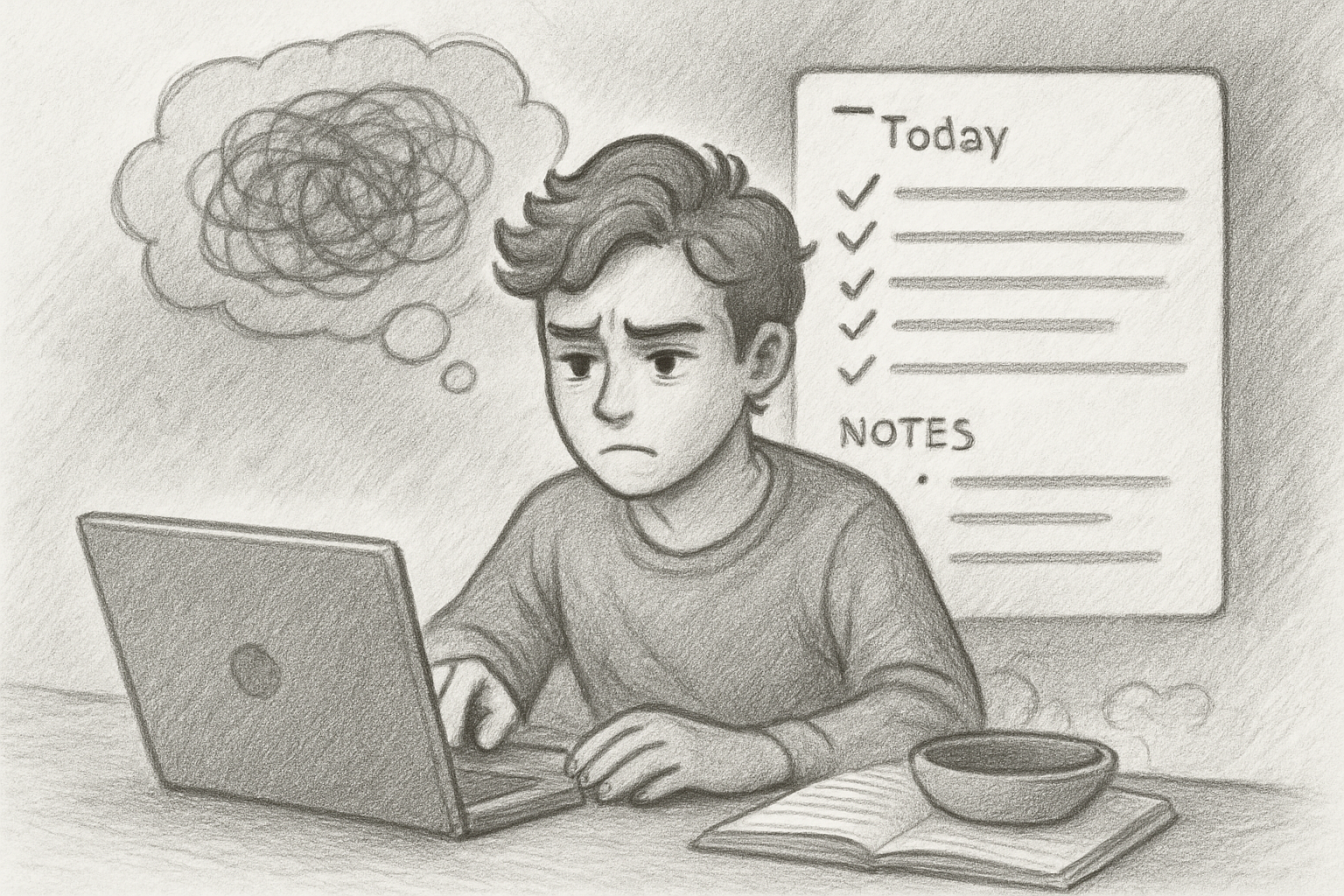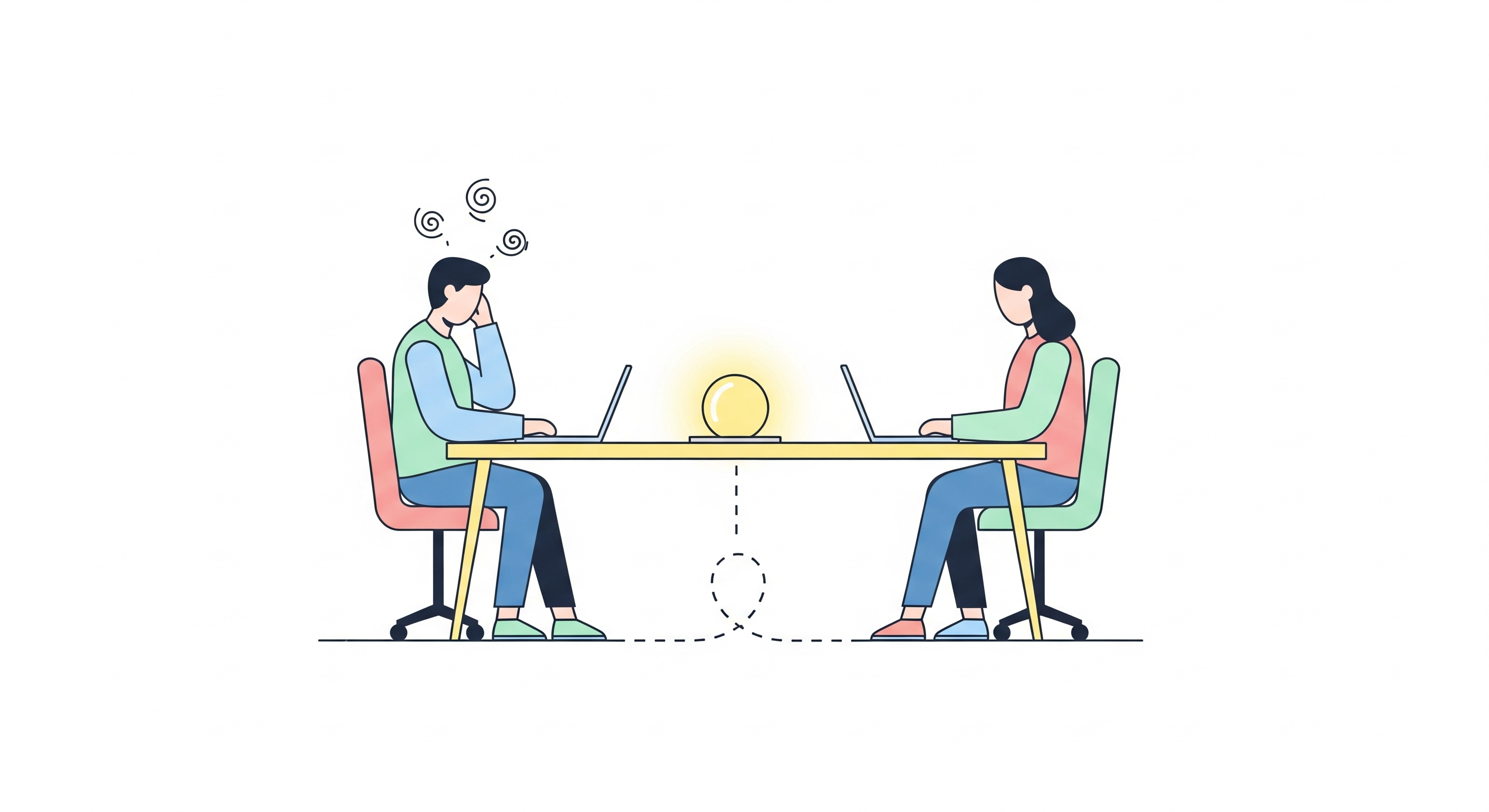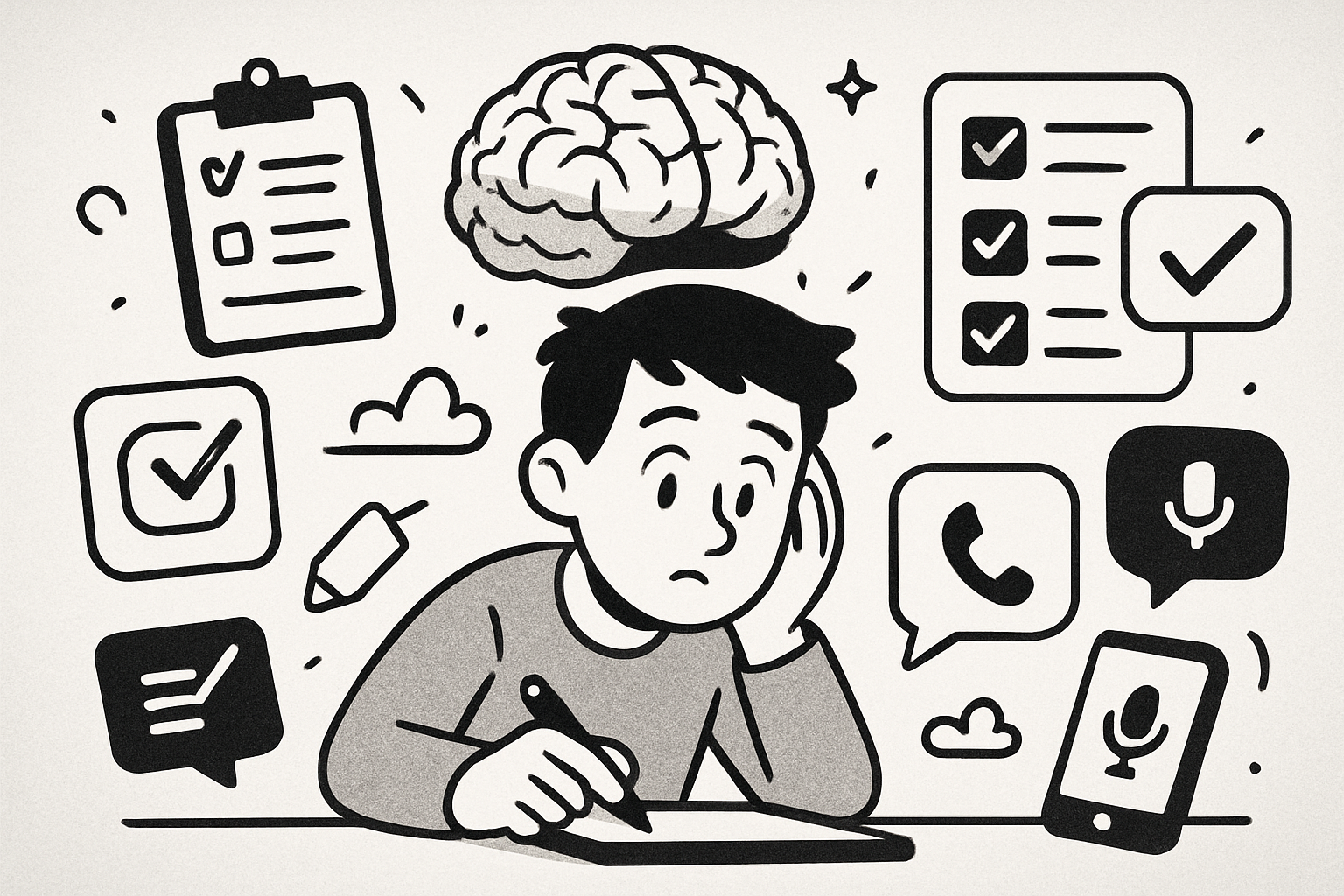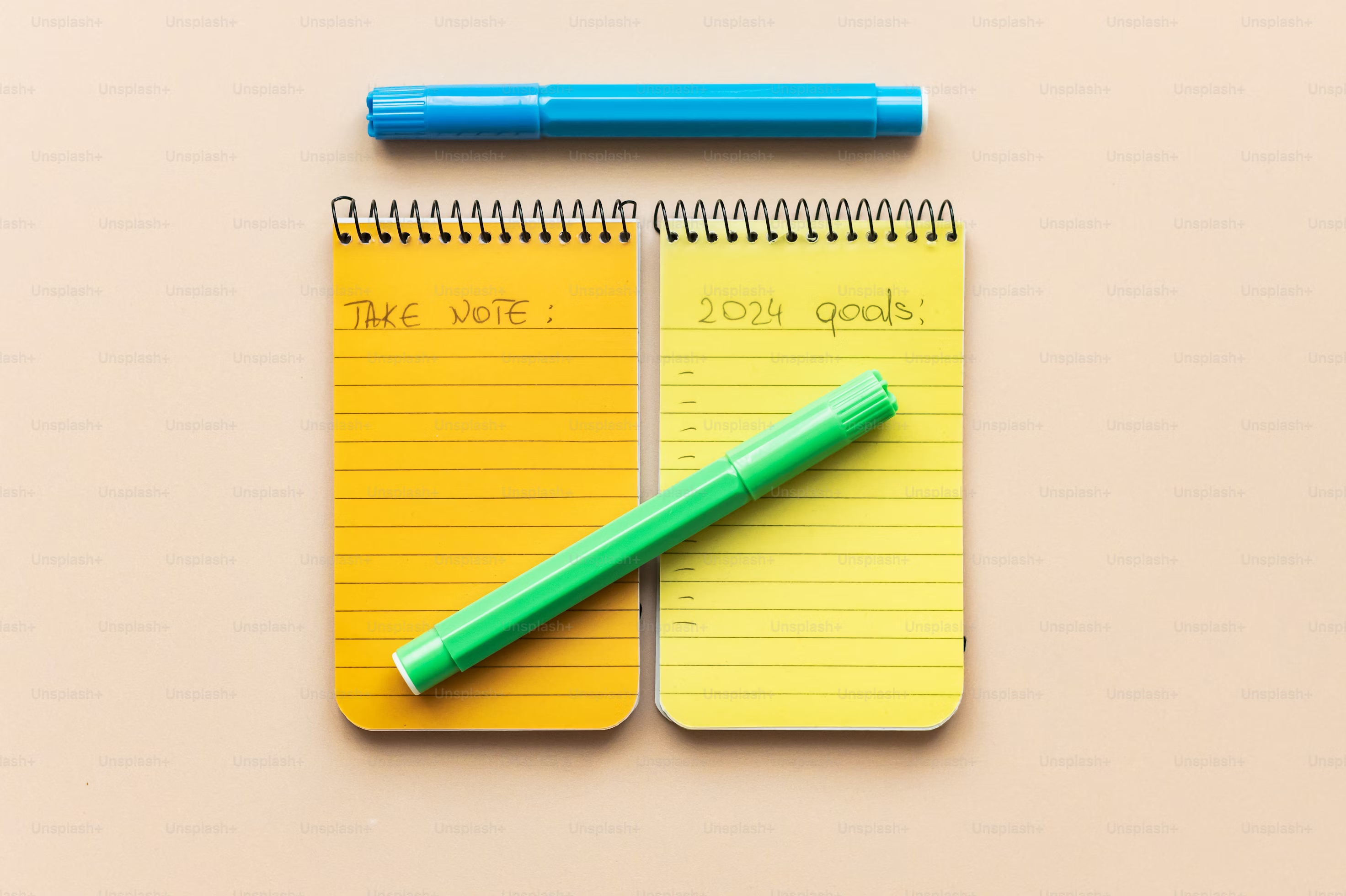Virtual Body Doubling for ADHD: Complete Setup Guide with Yaranga
Learn how to set up effective virtual body doubling sessions for ADHD productivity. Complete guide with step-by-step instructions using Yaranga's collaboration features.
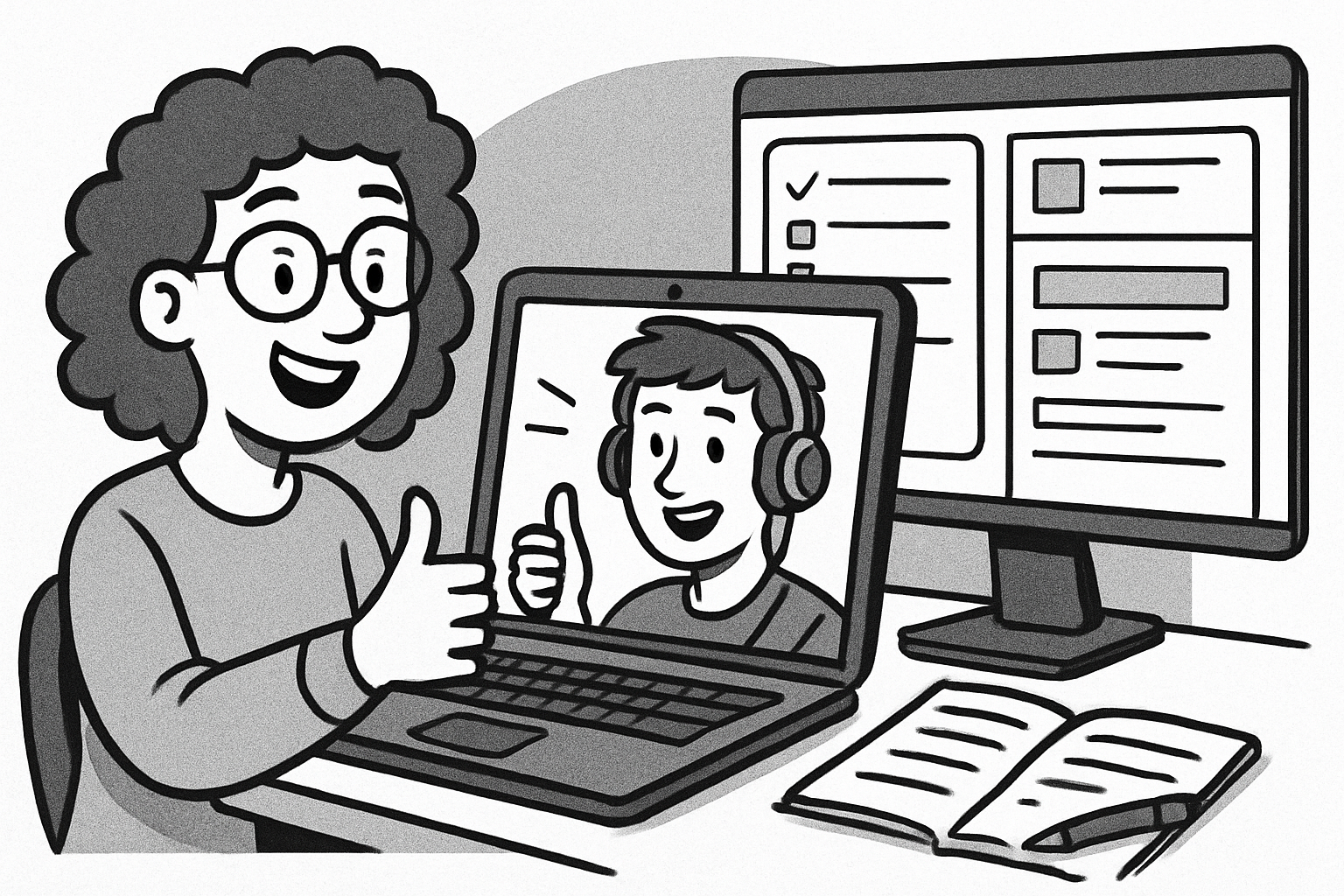
For those with ADHD, the daily battle with procrastination, distraction, and the overwhelming difficulty of starting tasks can feel endless. But there's a powerful, research-backed strategy that many aren't using: **body doubling**. This technique provides the external support needed to manage executive dysfunction effectively. This guide offers a complete blueprint for setting up and running successful **virtual** body doubling sessions, transforming a proven psychological approach into a practical, accessible tool. We'll show you how Yaranga, a digital workspace designed specifically for ADHD minds, can elevate these sessions from helpful to truly transformative.

Further reading: Learn more about how Yaranga is built to counteract executive dysfunction in our article, Taming the Mental Tornado: How Yaranga Helps ADHD Brains Organize Thoughts.
Understanding the 'Why': How Virtual Body Doubling Works for ADHD
Body doubling involves another person working alongside you, either in person or virtually, as you tackle your own tasks. But why is it so effective for ADHD? While comprehensive studies are still emerging, substantial anecdotal evidence and psychological theory support its effectiveness. As described by behavioral specialists at the Cleveland Clinic, body doubling acts as a form of "external executive functioning," anchoring focus and motivation.
The science points to several key mechanisms:
- Accountability and Structure: The presence of another person creates gentle, external accountability, making you less likely to get sidetracked. This creates what experts at Ready Health call "energetic anchoring," helping to reduce task paralysis—that frozen feeling when you can't start.
- Social Facilitation Theory: This established psychological principle suggests that the presence of others can enhance individual performance on tasks. This "co-action effect" shows that simply working alongside someone can boost productivity and reduce the procrastination common in ADHD.
- Neurobiological Response: Some theories suggest the technique leverages our brain's natural wiring. As Wondermind notes, another person's presence can trigger dopamine release and activate mirror neurons. Observing someone else focused on a task can stimulate similar neural pathways in our own brain, making it easier to initiate and maintain focus.
While the concept has roots in self-help literature, its popularity has surged with remote work. Community-driven resources from organizations like the Attention Deficit Disorder Association (ADDA) and platforms dedicated to virtual coworking have made this powerful tool more accessible than ever. It offers ultimate flexibility, allowing you to connect with a partner from anywhere. For these sessions to be truly effective, however, a shared, transparent workspace is crucial. This is where a tool built for this purpose becomes invaluable, moving beyond a simple video call to a truly collaborative environment.
Phase 1: Preparation – Setting the Stage for Success
A successful body doubling session begins long before the video call starts. Proper preparation transforms good intentions into tangible progress.
- Choosing Your Partner or Platform: Your body double can be a friend, family member, or colleague. Many people find success in dedicated online communities or services that match you with a partner. The key is finding someone whose presence helps you focus, not distracts you. To prevent potential distractions, it's crucial to choose a partner who understands the need for minimal interaction. A supportive, non-judgmental environment can also help reduce feelings of shame if you struggle to complete a task.
- Defining Session Goals: Be crystal clear about what you want to accomplish. Vague goals like "work on my project" are less effective than specific, manageable tasks. Try setting SMART (Specific, Measurable, Attainable, Realistic, Time-Bound) goals, such as "write 500 words of the introduction" or "organize the kitchen junk drawer." Breaking down large, overwhelming projects is critical. Focus on a few key items to avoid cognitive overload.
- Creating a Productive Environment: Minimize potential interruptions. Close unnecessary browser tabs, turn off phone notifications, and declutter your physical workspace. A clean space helps create a clear mind.
- Selecting Communication Tools: Standard video conferencing platforms like Zoom, Google Meet, or Discord work perfectly for the visual connection. The real magic, however, happens in the tool you use to share and track your work.
Related: For a deeper dive into task management, read our guide on Mastering Personal Task Management with Yaranga's Smart Prioritization.
Structuring Your Yaranga Workspace for Collaboration
Yaranga is designed to turn your "personal chaos into an effortless system." Here's how to set it up for a body doubling session:
- Create a Dedicated Project: Start by creating a new project in Yaranga. Give it a clear name, like "ADHD Body Double Project" or "Tuesday Focus Session." This will be your shared headquarters.
- Share with Your Partner: This is where Yaranga's design for collaboration shines. Use the 'Collaboration on Your Projects Pro' feature to share the project folder with your body double. This gives both of you access to the same set of notes and tasks, creating a single source of truth.
- Build a Shared Task List: Inside a note within your shared project, create a checklist of goals for the session. Simply use markdown syntax by typing
[ ]followed by your task (e.g.,[ ] Draft email to client). This list is now visible and editable by both you and your partner, making your intentions clear and your progress transparent.
This shared space provides real-time progress tracking and fosters a sense of collective focus, moving you from isolated struggle to shared success.
Phase 2: Execution – Running Your Virtual Body Doubling Session with Yaranga
With your preparation complete, it's time to run the session. The structure can be simple, often following a pattern like the Pomodoro Technique, where you alternate focused work periods with short breaks.
Start the session with a quick check-in. Verbally state what you plan to accomplish, referencing your shared task list in Yaranga. This simple act reinforces your commitment. During the focused work periods, you might work in silence or with soft ambient music. As you complete tasks, mark them off in the shared Yaranga project. This small action provides a dopamine hit and visually signals progress to your partner.
If distractions arise or you feel your attention waning, use a pre-agreed signal with your partner for a quick, five-minute break. More importantly, when a new idea or a distracting "Oh, I need to remember to..." thought pops into your head, don't let it derail you. Quickly capture it in Yaranga. The app is built for this "fast idea capture," allowing you to use typed notes or even voice-to-text to unload the thought without breaking your flow. This ensures that **context is never lost**, and your brain can return to the primary task, trusting that the idea is safely stored.
Maximizing Focus with Yaranga's 'Pulse' and Task Management
During a session, switching between apps is a major source of distraction. Yaranga solves this with 'Pulse (Workspace Overview)', your real-time command center. By pressing ⌘E, you can instantly bring up a dashboard without leaving your current note.
For anxious and ADHD minds, thoughts can feel intrusive and chaotic... Yaranga offers a constructive outlet for that energy. Instead of internalizing anxiety, you can externalize it through 'fast idea capture.' The act of quickly typing out a worry, a task, or a reflection provides immediate relief and helps bring order to mental chaos.
From the Pulse view, you can:
- Quickly jump to your starred "ADHD Body Double Project" folder.
- See your recent activity to get back to a note you just edited.
- Check the "Today" tab, which gathers all tasks due today from across your entire workspace, keeping you aligned with the session's most immediate goals.
To further organize thoughts that arise mid-session, use #hashtags (like #idea or #followup) and @dates within your notes. This simple system keeps everything organized for later without requiring complex folder management, making your workspace clear and accessible.
Phase 3: Conclusion & Beyond – Sustaining Productivity
As your session time wraps up, don't just abruptly close the video call. A structured conclusion is vital for reinforcing progress and building momentum.
- End with a Debrief: Take five minutes to review your shared Yaranga list. Acknowledge and celebrate what you both accomplished. For any incomplete tasks, decide if they should be moved to the next session or scheduled for another time.
- Reflect and Adapt: Discuss what worked well. Was the session length right? Was the Yaranga project structure helpful? Make small tweaks to your process for next time. Continuous improvement is key.
- Recognize Long-Term Benefits: Consistent virtual body doubling does more than just get you through one afternoon. It builds powerful habits for sustained productivity. For individuals with ADHD who often feel overwhelmed by the sheer volume of their mental to-do list, creating a trusted external system reduces anxiety and builds self-efficacy. Having a reliable place to offload everything is not a hack—it's a survival tool.
By using a tool like Yaranga, you're not just doubling your body; you're creating a 'second brain' that calms the chaos and helps you stay on track, session after session.
Keep the momentum going: Explore our strategies for turning overwhelm into action in How Yaranga Helps You Stay on Track and Beat Procrastination.
Yaranga is your best FREE AI note taking app
Start now free!Conclusion: Your Blueprint for Focused Productivity
Virtual body doubling is a remarkably effective strategy for navigating the productivity challenges of ADHD. It brings structure, accountability, and a sense of shared purpose to tasks that can often feel isolating and overwhelming. When you elevate these sessions with a tool designed for how your brain actually works, the results can be transformative.
Yaranga serves as the ideal digital companion, turning a simple video call into a focused, collaborative powerhouse. With features like **'Collaboration on Your Projects Pro'** for shared task lists and the **'Pulse (Workspace Overview)'** for frictionless access to your work, Yaranga removes barriers and keeps you in flow. It's the digital desk drawer built for real, overloaded lives. Stop fighting your brain and start working with it. Implement this blueprint and discover the clarity and calm that comes from having a system you can finally trust.
